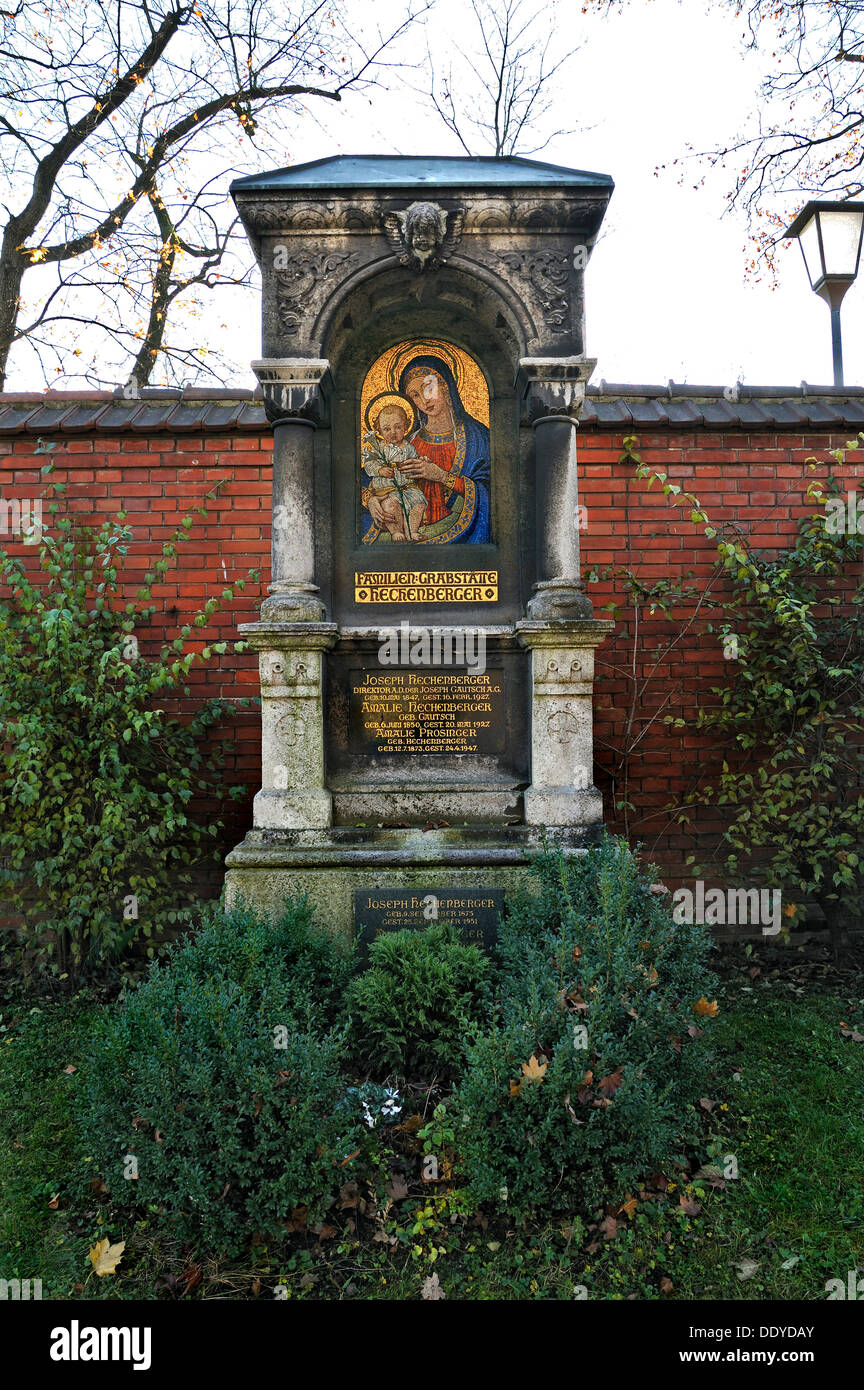


The hollow stem, with the soft pith removed, was also used to make whistles and flutes. However, its genus classification, Sambucus, has a gentle and musical basis deriving from a Greco-Roman instrument, the sambuca or sackbut, which was fashioned from elder. Shakespeare went further, suggesting in Love’s Labours Lost that Christ’s cross was made from elder and, in Cymbeline, he equated ‘the stinking elder’ with grief.įolk names used in the medieval era reflected how old beliefs and the variety of attitudes hung on: battree, boure tree, hylder, old gal, pipe tree, rob elder, sweet elder and tree of doom. In the 14th century, in his Vision of Piers Plowman, William Langland gave credence to an early-Christian tradition that Judas Iscariot hanged himself from an elder: ‘Judas he japed with Jewen silver and siten an eller hanged hymselve.’ Some believed that witches gathered under its leaves and could even turn themselves into elders. Elder wood was not burned – ‘Elder is the lady’s tree, burn it not or cursed ye be’ – nor was it used to make furniture and especially not a child’s cradle, as it was believed to have a sinister side. Dried elder leaves were hung around the neck of man and his animals and tossed into graves to protect the souls of the deceased, as crosses of elder were placed on grave mounds.īoughs were placed in house, stable and byre doorways to exclude bad influences – and also acted as a fly repellent.Įlder leaves were scattered over a person or object to invoke a blessing and then tossed north, south, east and west to dismiss ill fortune. Twigs were carried to afford protection, especially those gathered just before midsummer. In the medieval period, elders were planted close to homes to ward off the Devil and witches. The worship of trees and their deities was banned in the Holy Roman Empire by Charlemagne in the 9th century and again by the Church at the Council of Trier in 1227, however, belief in arboreal powers persisted throughout the centuries and isn’t uncommon even today. Country Life's Top 100 architects, builders, designers and gardeners.


 0 kommentar(er)
0 kommentar(er)
